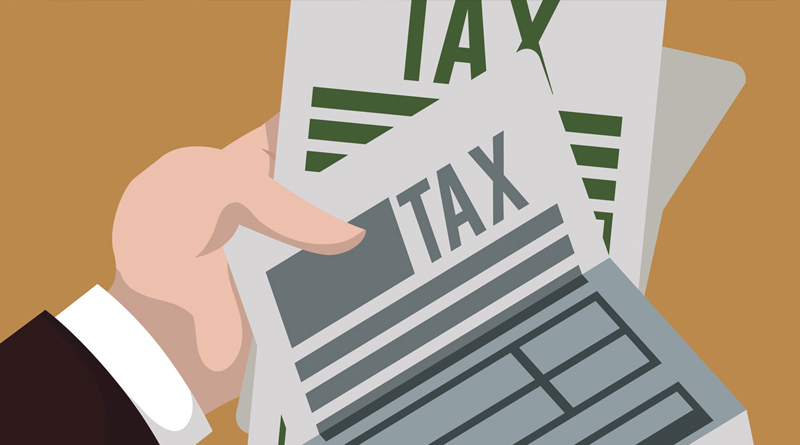The stock markets think the government might abolish the dividend distribution tax (DDT) and let all dividends be taxed as plain additional income. Right now DDT plus cess and surcharge is around 20%. People earning dividends above Rs 10 lakh pay an additional 10%. So the rich pay 30% tax on dividends. Their peak income tax rate is much higher at 42.7%.
DDT is paid by corporations, who after the proposed change will pay less tax. The government expects this will be more than offset by higher income tax from individuals receiving dividends. Some will cheer the end of tax breaks for dividends, aiming to soak the rich.
Sorry, but history shows that the rich will devise strategies to nullify the soaking. So higher taxes on dividends — or capital gains — may not yield more revenue.
A 2011 paper by Alan Reynolds reviewed changes in tax rates and revenue in the USA between 1979 (when rates were very high) and 2007 (by which time rates had been almost halved on income, dividends and capital gains). He found that despite the slashing of top tax rates for the rich, tax collections changed very little, staying around 8.5 % of GDP. Total federal tax collection, including corporate taxes, also stayed at 18-19% of GDP, despite big tax cuts.
Why? Economists Raj Chetty and Emmanual Saez found that after the US cut dividend taxes in 2003, corporations increased dividend payments by 20%. Earlier, the number of companies paying dividends had fallen for two decades. Higher taxes induce tax avoidance. The opposite happens with tax cuts.
Reynolds showed that when taxes on dividends fell, the rich shifted more assets into highdividend companies. When capital gains tax fell, the rich sold more assets, and hence reported higher income from capital gains.
In sum, the rich responded to tax breaks in dividends and capital gains by re-arranging their finances to report much higher income. The opposite happens when tax rates rise. Owners of corporations cut or stop dividends, leaving that money undistributed within corporations that face lower rates. The government wants double taxation — first taxing corporate profits and then taxing dividends from corporations to shareholders. But high tax rates on dividends will induce smaller dividends and a shift by the rich out of high-dividend companies. The reported income of the rich will decline even if their net worth is unchanged. Ditto for capital gains.
Measured inequality gets distorted in the process. Consider two businessmen with equal incomes and assets. One churns his portfolio, showing substantial capital gains. The other doesn’t do it. At the end of the year, the two may be equally wealthy. But the one with capital gains will report a much higher income. Studies suggest that those who do not churn their portfolio will in the long run outperform those who do. In which case, the ones reporting capital gains will really become poorer than the non-churners, the very opposite of what their tax returns will show.
The supposed increase in inequality in recent times, arising from tax cuts, is in part illusory. Judging inequality of income before tax — as Thomas Piketty and others have done — is grossly misleading, since income after tax may change very little. What looks like rising inequality can be illusory, since the rise in reported income is mainly an accounting strategy.
Let me not exaggerate. If tax rates fall to zero, so will revenue. Modest tax changes are not irrelevant, and will have some short-run impact on revenue, but much less than expected.
Next, consider longer term effects. Higher tax rates may induce rich Indians to emigrate: over 7,000 millionaires exited recently. Lower tax rates may induce higher investment, including that from foreigners. This can accelerate GDP (and tax revenue) in the medium term.
In 1991, when economic liberalisation began, corporate tax was 58%. Today it is 25%. Has the halving of the tax rate halved tax receipts too? Not at all. Corporate tax receipts rose from slightly over 1% of GDP in 1991 to 3.5% in 2019-20. The ratio for income tax also rose, not quite as fast. Lower rates yielded more revenue by inducing more investment and faster growth.
India needs tax rates high enough to yield revenue for essential services, infrastructure and poverty alleviation. They should also be low enough to accelerate investment. Ideally, India’s taxes on corporations, individuals, dividends and capital gains should be comparable with those of with Asian competitors. That will take into account the impact of taxes on not just existing taxpayers but those that can be attracted from abroad, and those Indians that might emigrate.


